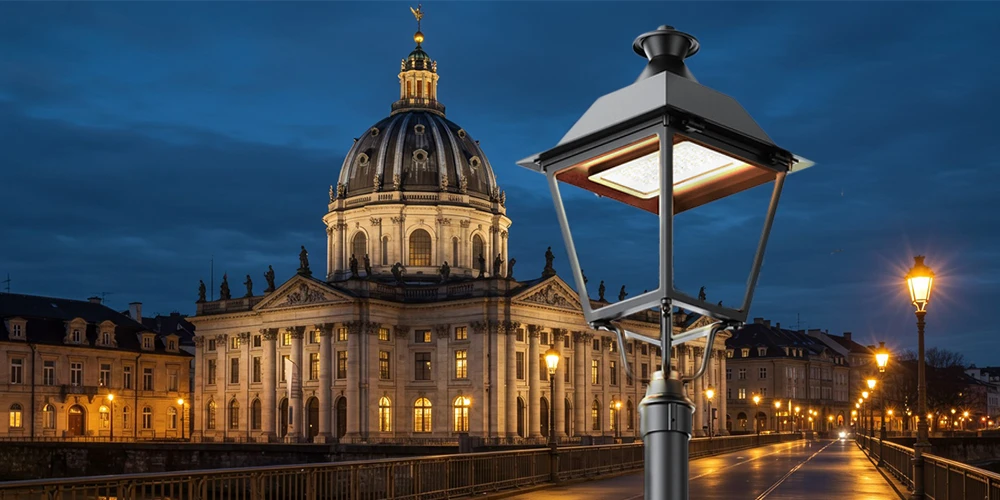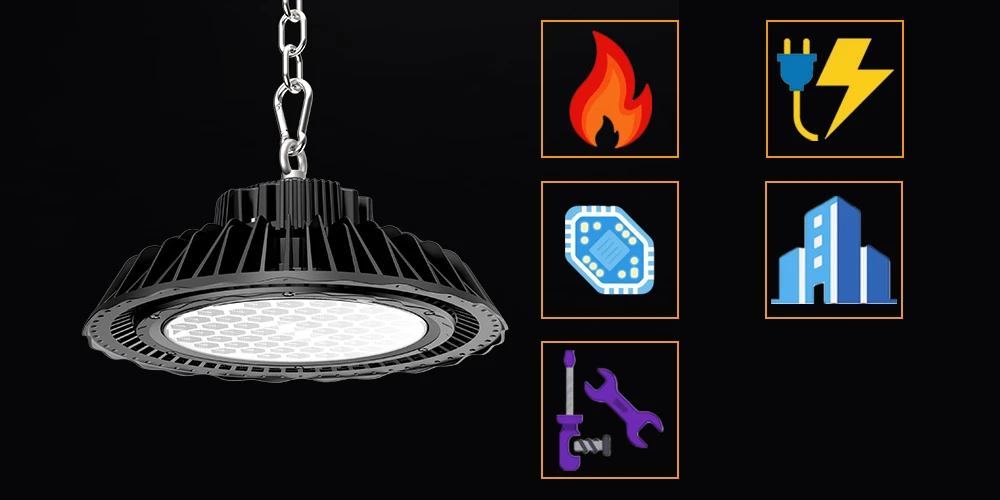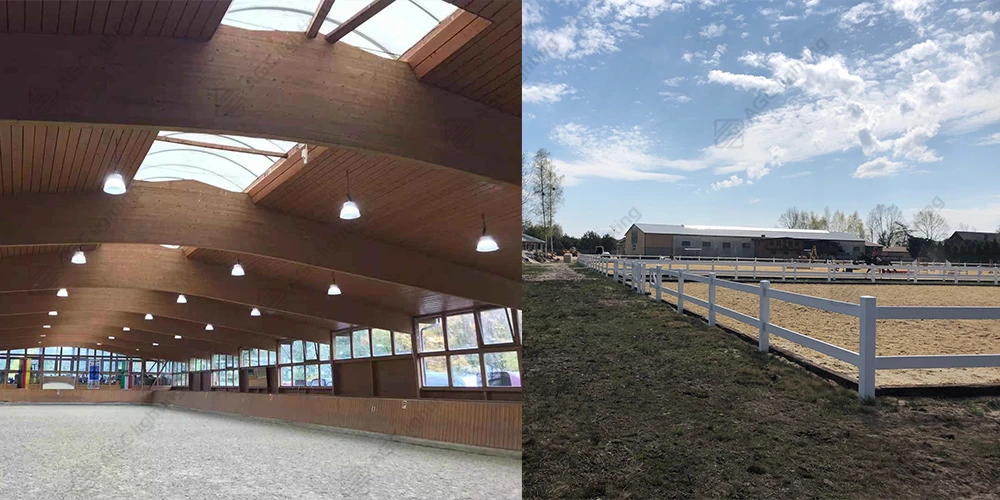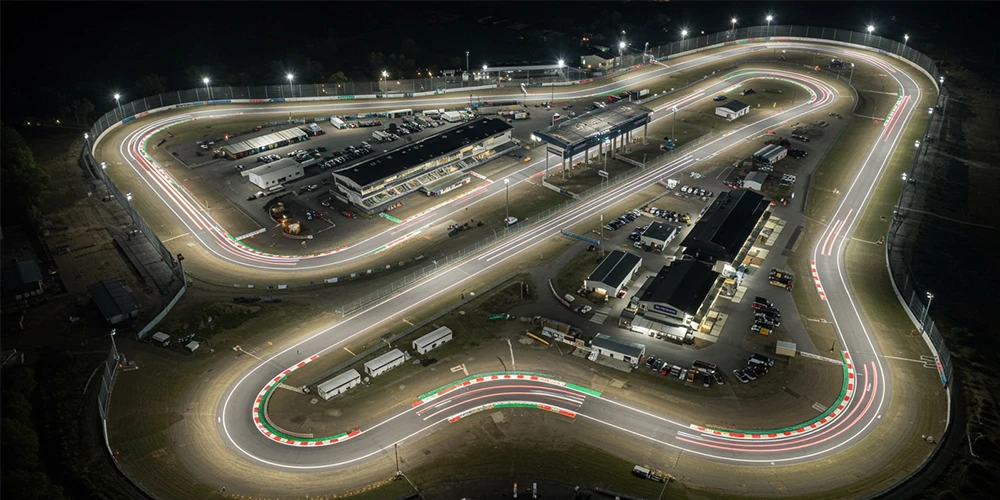In today’s fast-paced word, where we spend the majority of our time indoors, the importance of creating spaces that nurture our well-being and reconnect us with nature has become increasingly evident. Biophilic lighting has emerged as a captivating solution that aims to recreate the health benefits of natural sunlight indoors. Biophilic lighting has a profoundly positive impact on human-centric lighting design. By mimicking the color temperature, intensity, and dynamics of daylight, biophilic lighting has been shown to enhance mood, reduce stress, and promote productivity. Whether it’s in workplaces or retail stores, biophilic lighting has the ability to enhance our quality of life in countless ways.
But what exactly is biophilic lighting? In this blog post, we will explore the definition, benefits, and how to implement biophilic lighting.
So, if you’re curious to discover how biophilic lighting can illuminate the path to a healthier and more harmonious indoor experience, read on.
Understanding biophilic lighting
Biophilic lighting is based on the concept of biophilia, which is the innate human attraction to nature and space where we live, work, and play. Biophilia suggests that humans have evolved to prefer natural environments over artificial ones and that exposure to nature can improve our health, well-being, and performance.
Biophilic lighting, at its core, is a design approach that seeks to incorporate elements of nature into our indoor environments through the use of lighting techniques. It is the future of human-centric illumination. It aims to recreate the qualities and benefits of natural sunlight in indoor spaces. By mimicking the dynamics, and the color temperature of daylight, biophilic lighting supports our natural circadian rhythms and promotes a sense of health and well-being.
One of the key principles of biophilic lighting is the use of natural elements. This can be achieved through the incorporation of organic materials such as wood, stone, or plants, which bring a touch of nature into the space.
Another aspect of biophilic lighting is the synchronization with our natural rhythms, particularly our circadian rhythms. Biophilic lighting seeks to address this by incorporating lighting solutions that mimic the dynamic qualities of natural light throughout the day. This may include changes in color temperature and intensity of light to align with the patterns of natural daylight.
Dynamic lighting effects are another hallmark of biophilic lighting. With the transitions from bright to dim, biophilic lighting created an immersive and ever-changing environment. These dynamic effects evoke a sense of movement, depth, and connection to the natural world, stimulating our senses and fostering a greater sense of engagement with our surroundings.
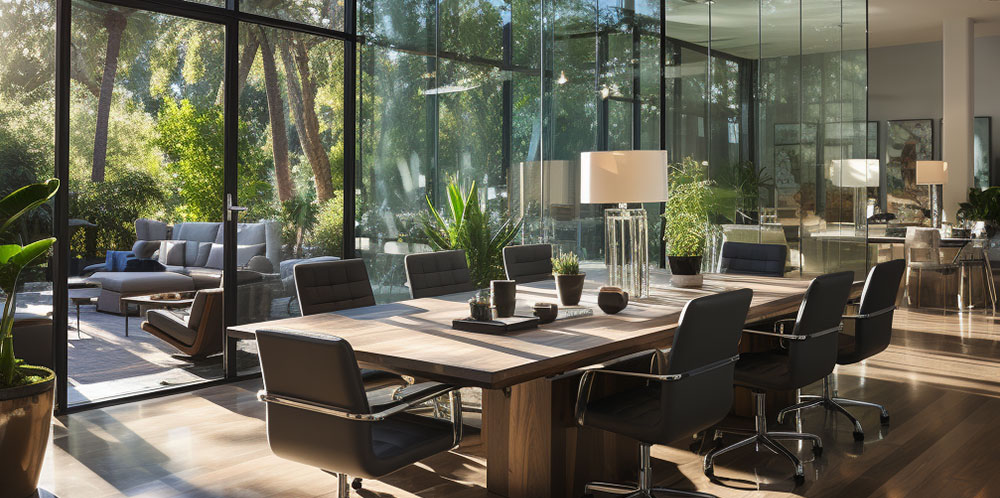
Benefits of biophilic lighting
Biophilic lighting goes beyond just aesthetics; it offers a multitude of benefits that have a profound impact on our well-being and overall quality of life. Research has shown that exposure to natural light and nature-inspired lighting can have a positive impact on our mental and emotional state. Here are some of the advantages of implementing biophilic lighting:
- Supports circadian health: By mimicking natural light patterns, biophilic lighting helps regulate our innate circadian rhythms. This promotes better sleep-wake cycles, hormone balance, and other biological processes tied to our 24-hour body clock.
- Reduces fatigue: Flicking and glare can lead to eye strain and headaches. Biophilic lighting is designed to have consistent luminance and color temperatures optimized for visual acuity. The result is reduced fatigue and eyestrain.
- Enhances mood - Natural daylight exposure is linked to boosted moods and lowers rates of seasonal depression. Biophilic lighting can recreate these effects by delivering bright, blue-enriched white light that mimics morning light.
- Increase productivity - the circadian-friendly nature of biophilic lighting results in workers feeling more alert and focused. Studies show improvements in concentration, problem-solving, and work performance.
- Promotes wellness - Biophilic lighting’s stress-reducing effects create a greater sense of well-being. Richer light combined with a biophilic design also quickens patient recovery rates.
- Saves energy - Advanced biophilic lighting systems can automatically dim and stitch off based on occupancy and daylight harvesting. This dynamic control results in lighting-related energy savings.
The benefits of biophilic lighting extend to various settings, from residential spaces to healthcare facilities and retail environments. Whether it’s in our offices or public spaces, integrating biophilic lighting can create a positive and nurturing atmosphere that supports our well-being and enhances our overall experience.
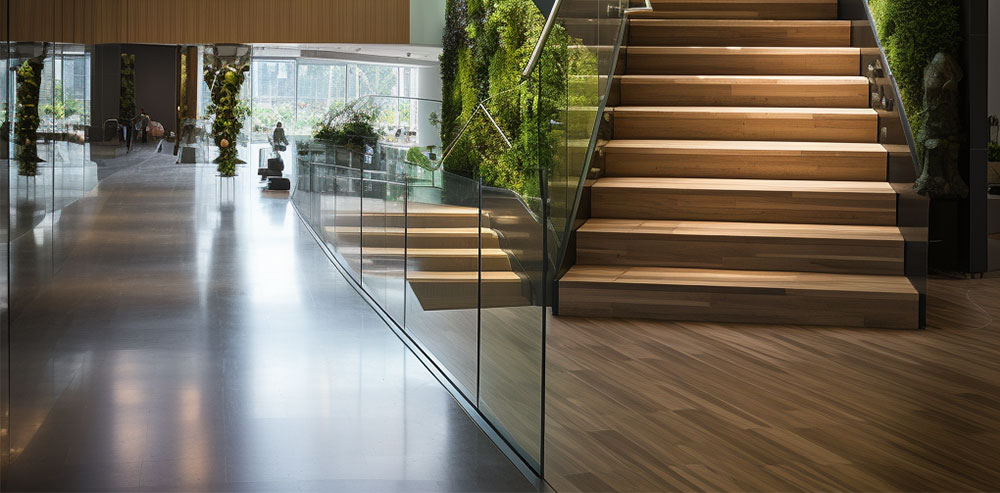
How to implement biophilic lighting
Implementing biophilic lighting requires careful planning and consideration. Here are some tips for successfully integrating nature-inspired lighting techniques and creating an environment that enhances well-being.
Collaborate with lighting designers and manufacturers
Engage in collaborative discussions with professionals who specialize in lighting design and manufacturing. Their expertise and insights will help you develop a comprehensive light plan that aligns with your goals and maximizes the potential of biophilic lighting.
Supplement natural light with artificial light
Artificial light can be used to complement natural light when it is not sufficient or available. However, artificial light should be carefully designed to match the quality and intensity of natural light, and to avoid glare, flicker, or color distortion.
Incorporate nature-inspired elements
Biophilic lighting works best when it is integrated with other design elements that evoke nature. Consider incorporating elements such as living plants and views of the outdoors. These elements complement the lighting and create a cohesive and immersive biophilic experience.
Consider the specific needs of each space
Different spaces have different requirements when it comes to biophilic lighting. For example, in residential spaces, focus on creating warm and inviting environments that promote relaxation. In workspaces, prioritize visual ability and optimize circadian rhythms to enhance productivity. Tailor the lighting to suit the unique needs of each space.
Select appropriate fixtures and lighting technologies
Choose lighting fixtures that align with the principles of biophilic lighting. Additionally, select lighting technologies that offer flexibility in color temperature and intensity, allowing you to mimic the natural light. But there are multiple smart lighting controls that can achieve flexible lighting control, such as DALI, Zigbee, Casambia, etc. Collaborate with lighting professionals to help you find the one that is right for you and suit your space best.
Overall, biophilic lighting supports both visual acuity and circadian biology to create spaces where we can thrive. Workers reap the rewards in performance, health, and wellness while operator benefits from smarter lighting energy use. Contact us to discover how our lighting solutions can enhance your lighting projects.



